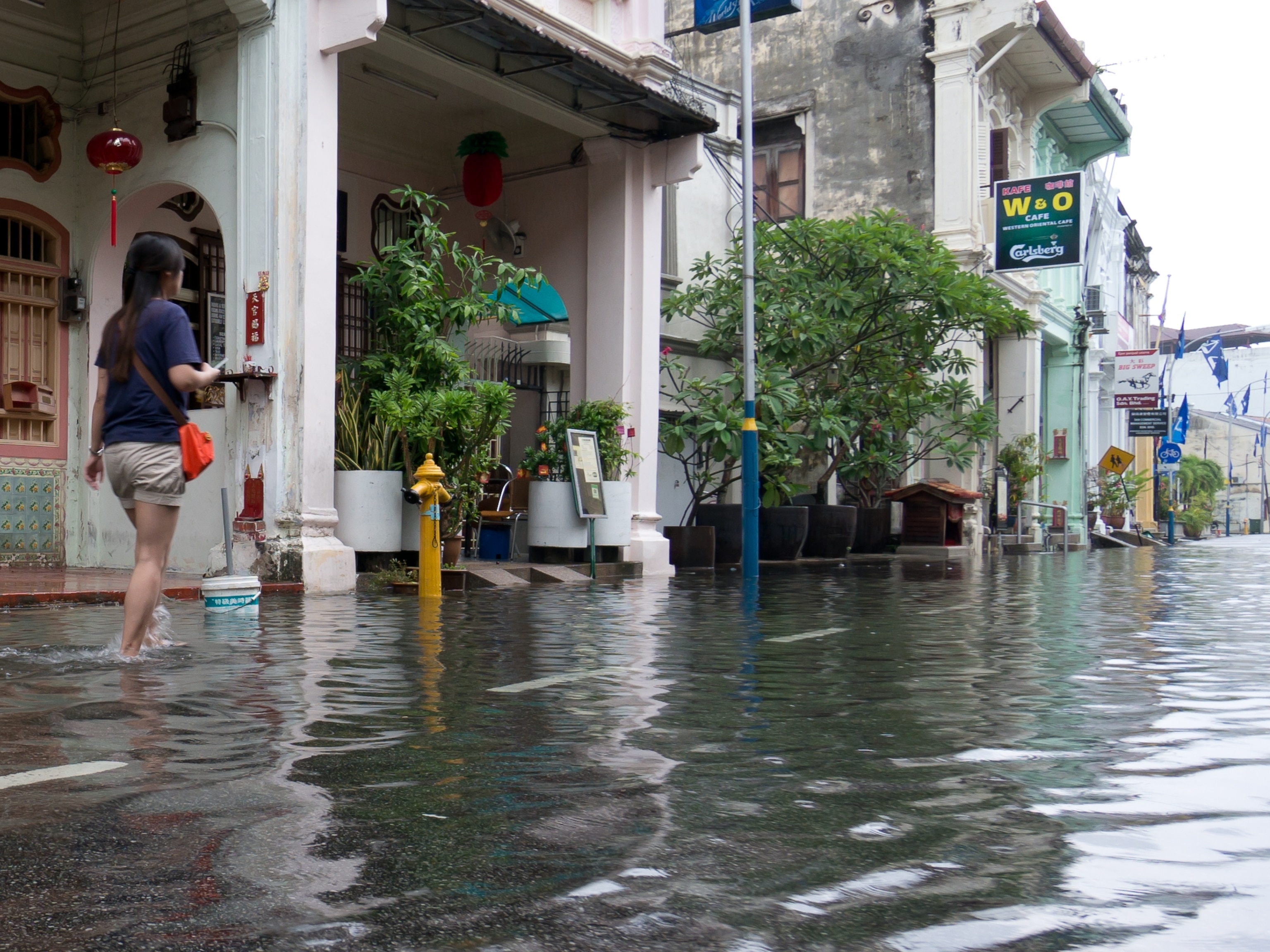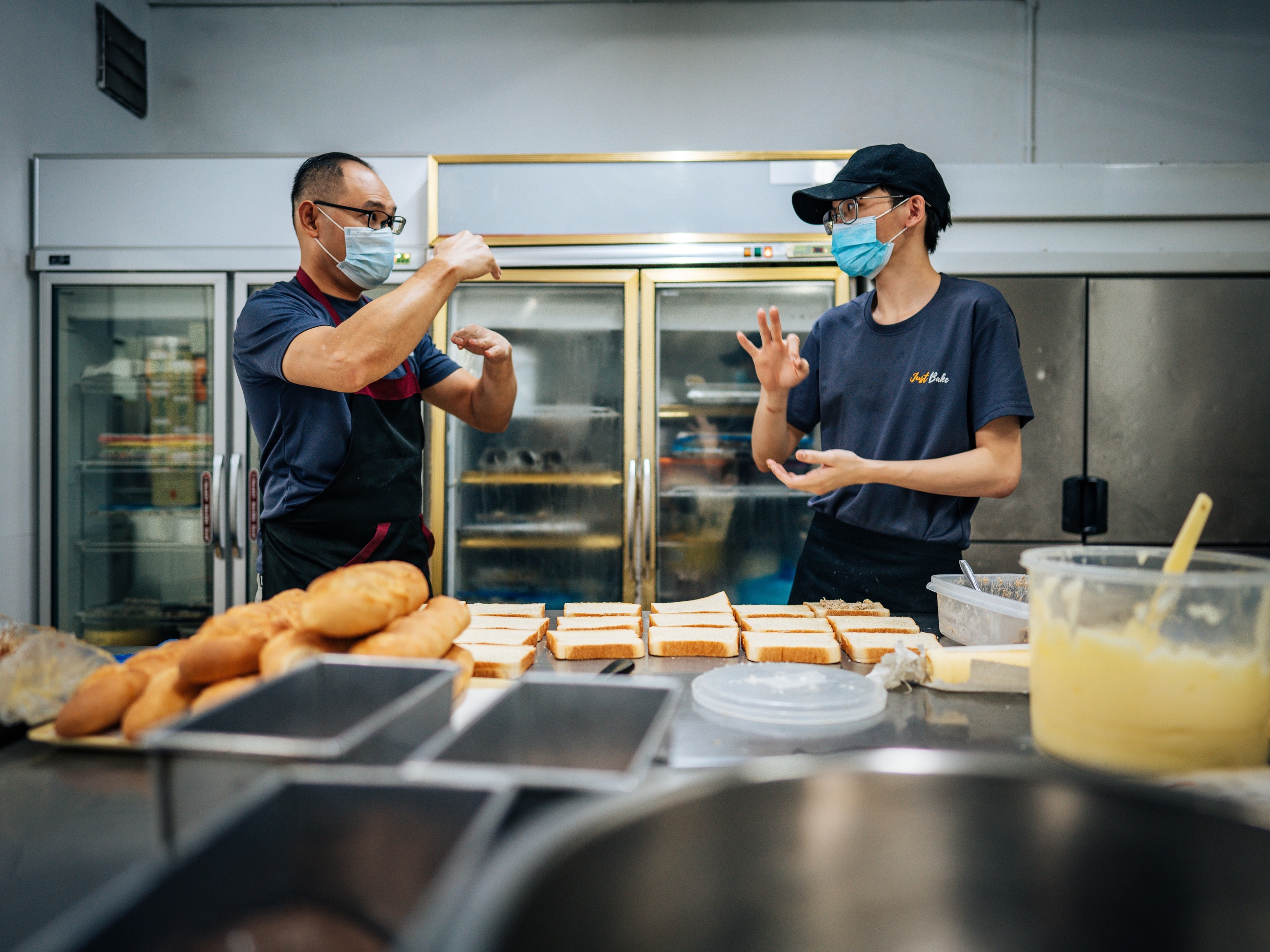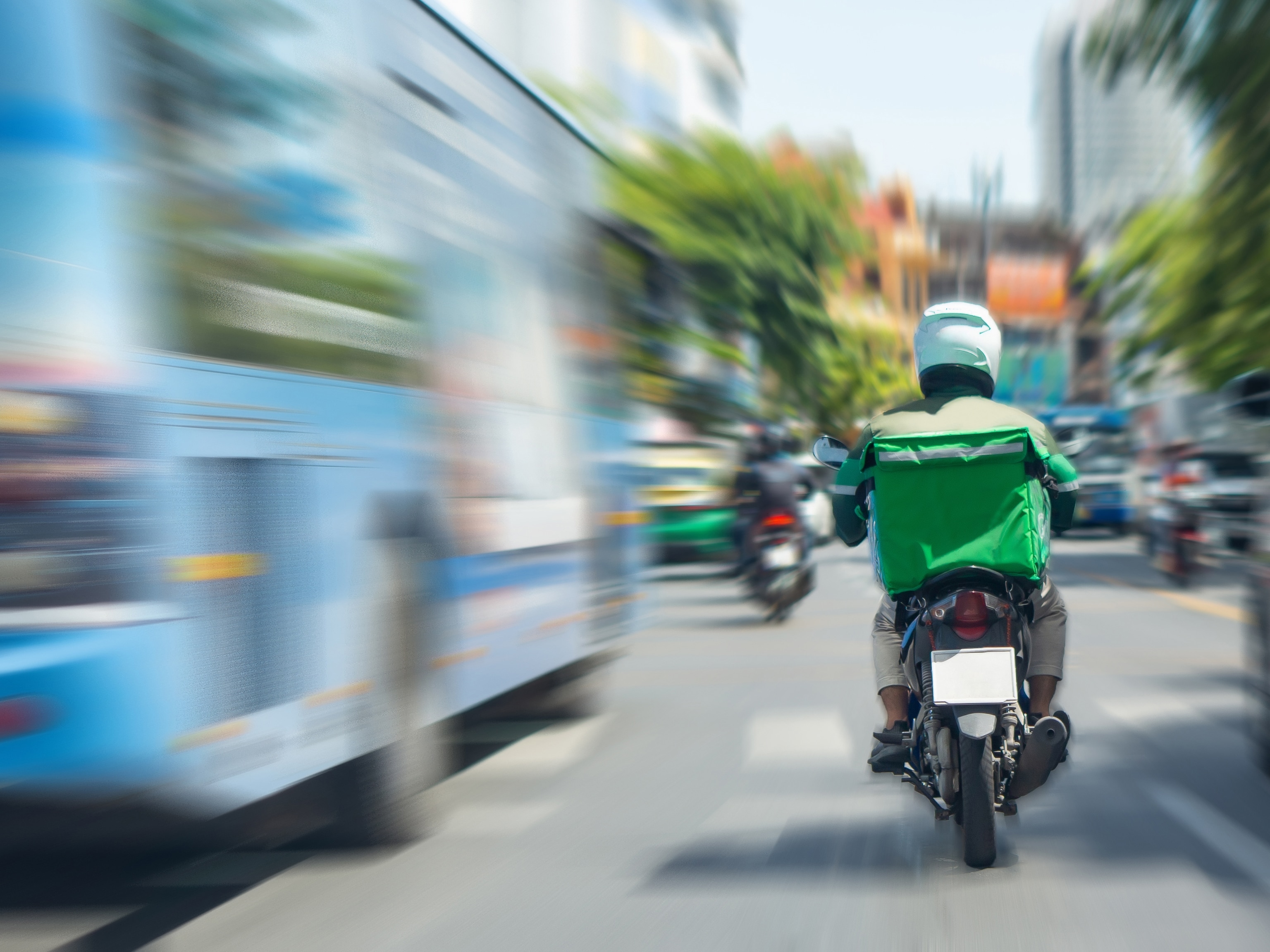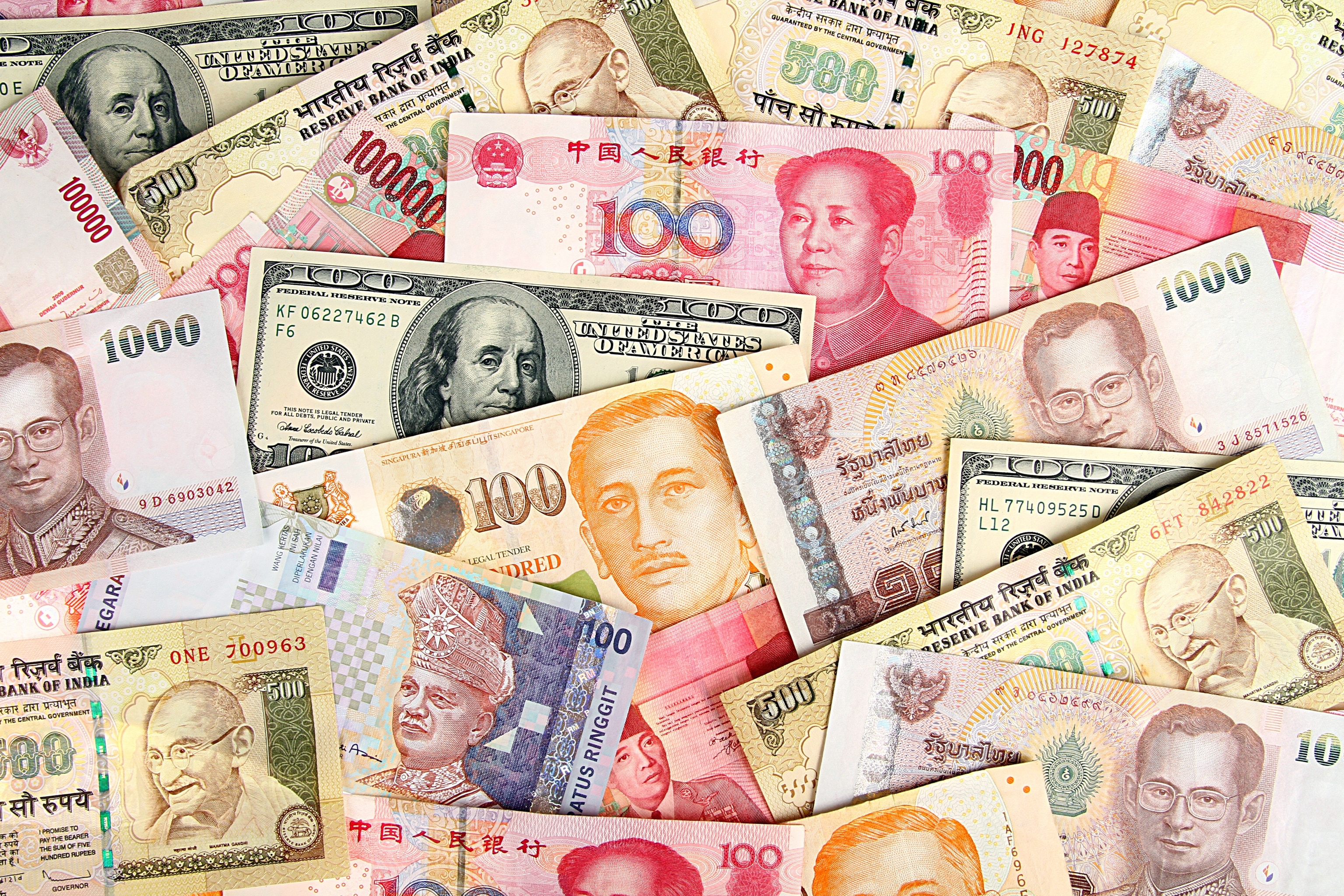
How tech is empowering Southeast Asia's financially underserved
Technology is enriching the lives of millions of people by providing access to critical financial services.
Did you know that over 70% of Southeast Asia’s population are unbanked or underbanked? The former has no access to basic financial services, while the latter are underserved and face problems such as an inability to get credit cards, loans, or adequate insurance. These people make up over 70% of the regional population, and the countries that have the highest combined rates of unbanked and underbanked are Vietnam (79%), the Philippines (78%), and Indonesia (77%). They also happen to be the region’s most populous nations.
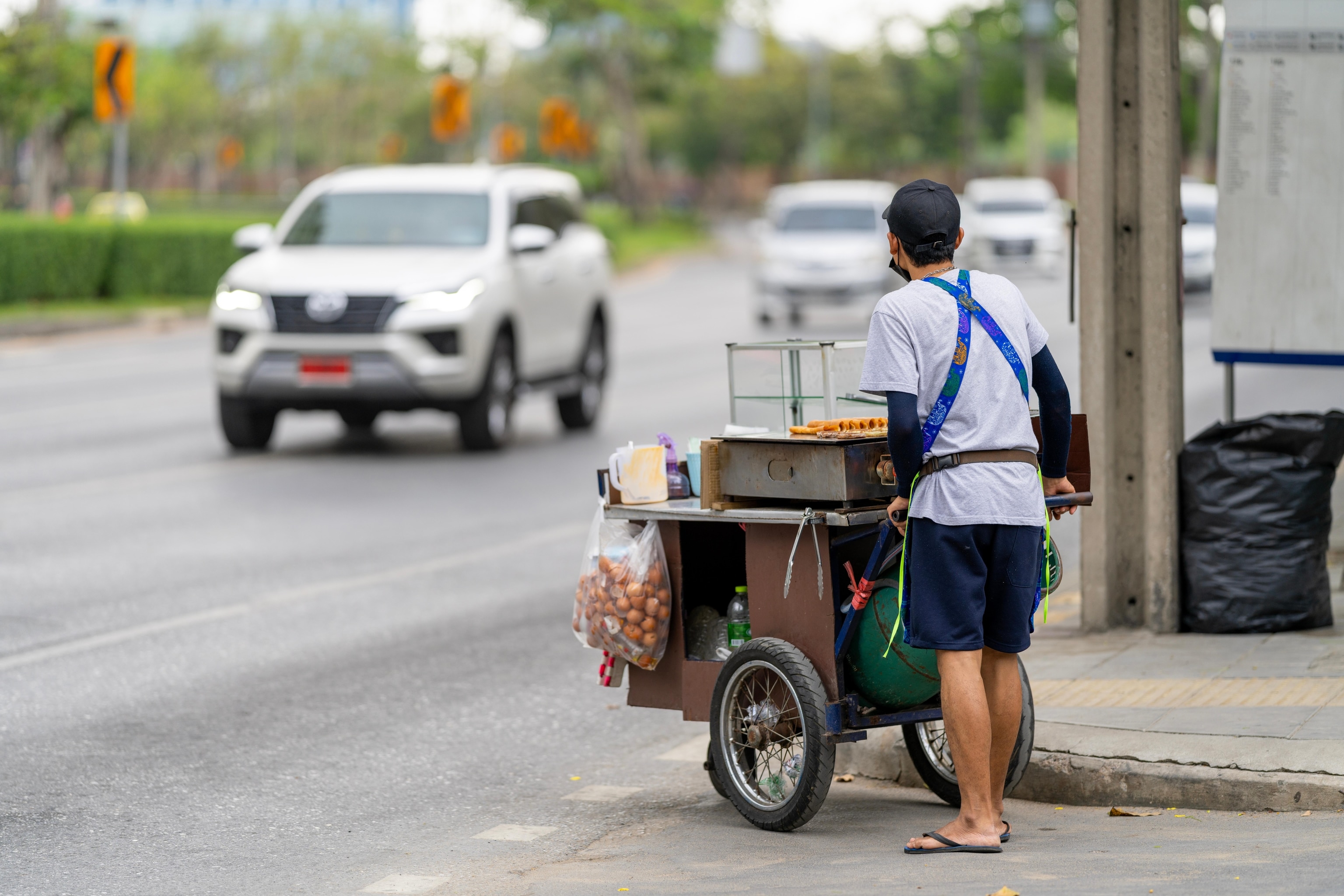
Micro, small, and medium-sized enterprises (MSME) make up 97% of all regional enterprises, while employing 69% of the labor force. However, over 60% of these companies cannot get loans when they need them, which limits their growth potential. The lack of access to credit means that many MSME operators and their employees are forced to live cash-in-hand. Many are unable to secure important services such as proper health insurance.
The proprietors of these businesses also face an uphill battle when it comes to trying to understand what loans they could be eligible for, and how to apply for them. They deal with additional worries due to not fully understanding banking fees, interest, and other rules and regulations related to financial products.
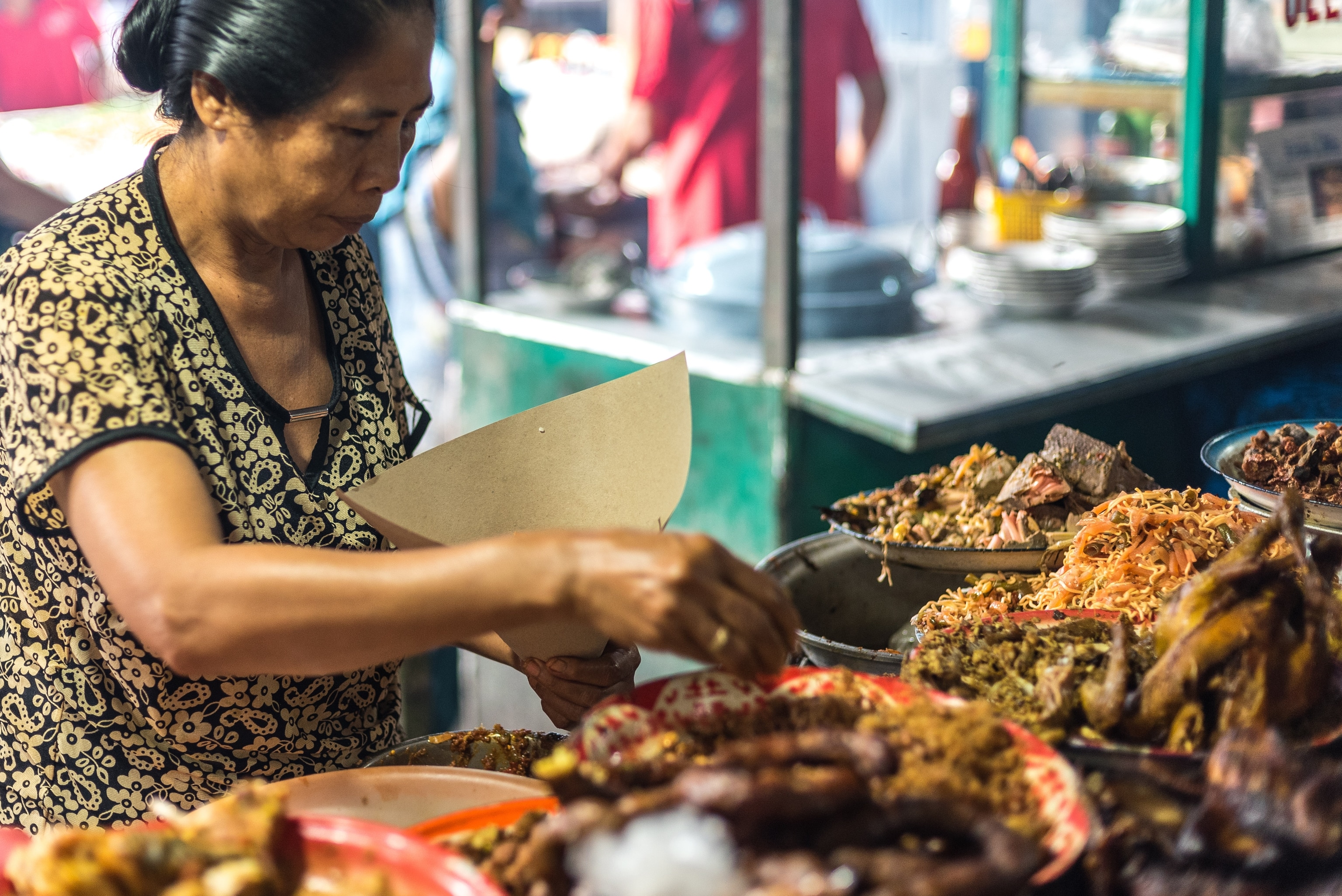
Technology provides new opportunities to the underbanked
While banks around the region have started to create more products like microloans for MSMEs, a larger opportunity to help the underbanked is coming through technology.
What many of the unbanked have access to is the internet, with the region having 440 million internet users out of a total population of 680 million. In contrast, only around a quarter of those with internet access count as fully banked. Numerous companies are now trying to help fill the gap, which has led to a fintech boom in the region. For example, cashless payments increased from 18% to 58% in Indonesia between 2018 and 2021, and from 22% to 63% in the Philippines.
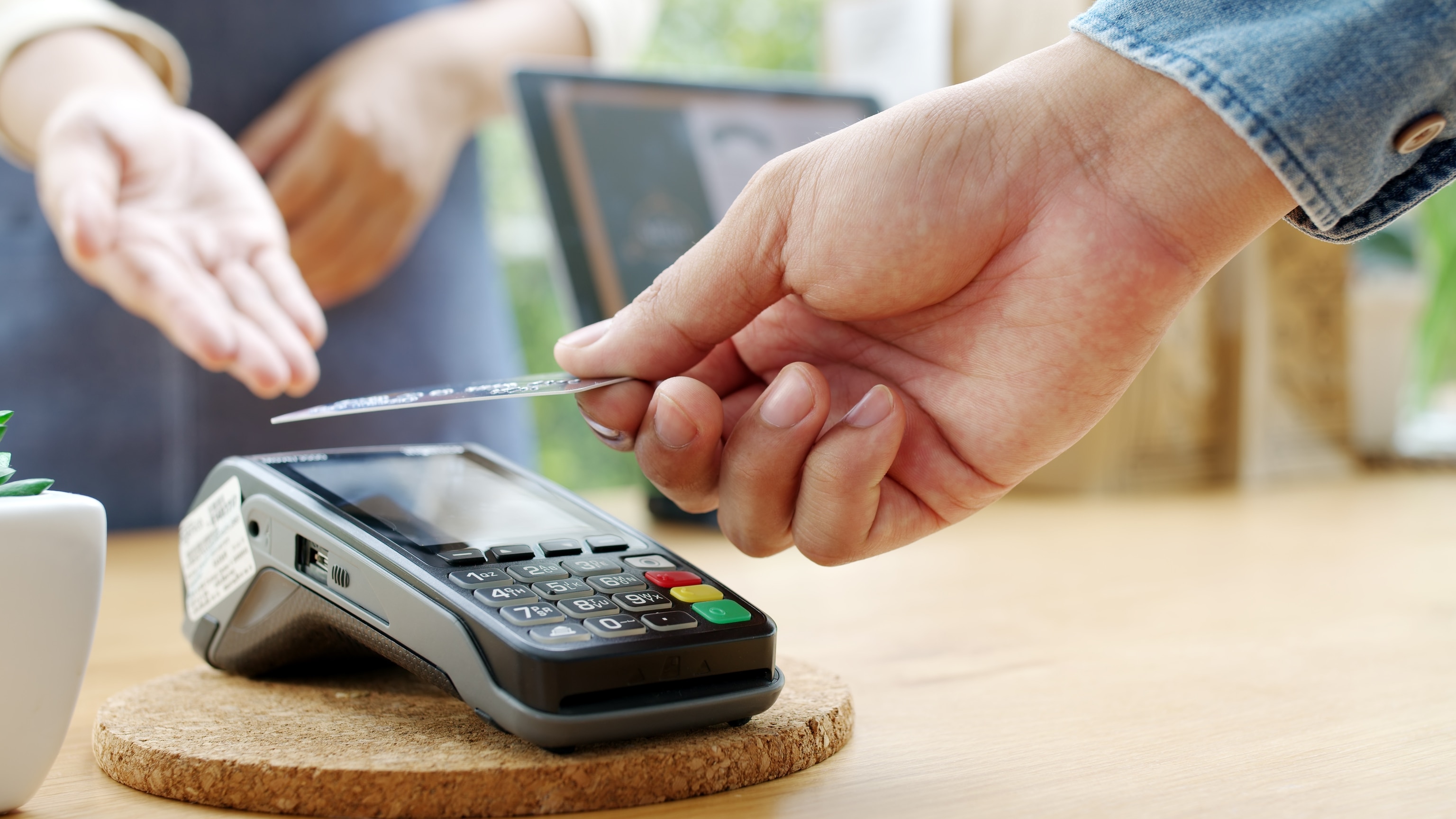
Many of these internet users are already tapped into superapps which have increased their focus on financial services. For example, in 2018, Grab set up Grab Financial Group (GFG), a regional fintech platform with the mission of driving financial inclusion across Southeast Asia.
Fintech companies like GFG fractionalize financial products and make them ‘micro’ so they are more accessible to the underbanked—these include small business loans, critical illness insurance and micro-investment products. Instead of having to rely on things like credit history, small businesses are now able to leverage data like their daily transaction history and app usage when they are being assessed for loan approval. In 2021, over 60% of working capital loans issued by GFG were to small merchants.
On top of getting access to financial services, MSMEs also benefit from being able to provide their consumers with more flexible options, such as via PayLater by Grab, which gives customers a chance to make purchases and then pay for them in interest-free installments—a big help for the nine in 10 Southeast Asians who lack access to credit cards.
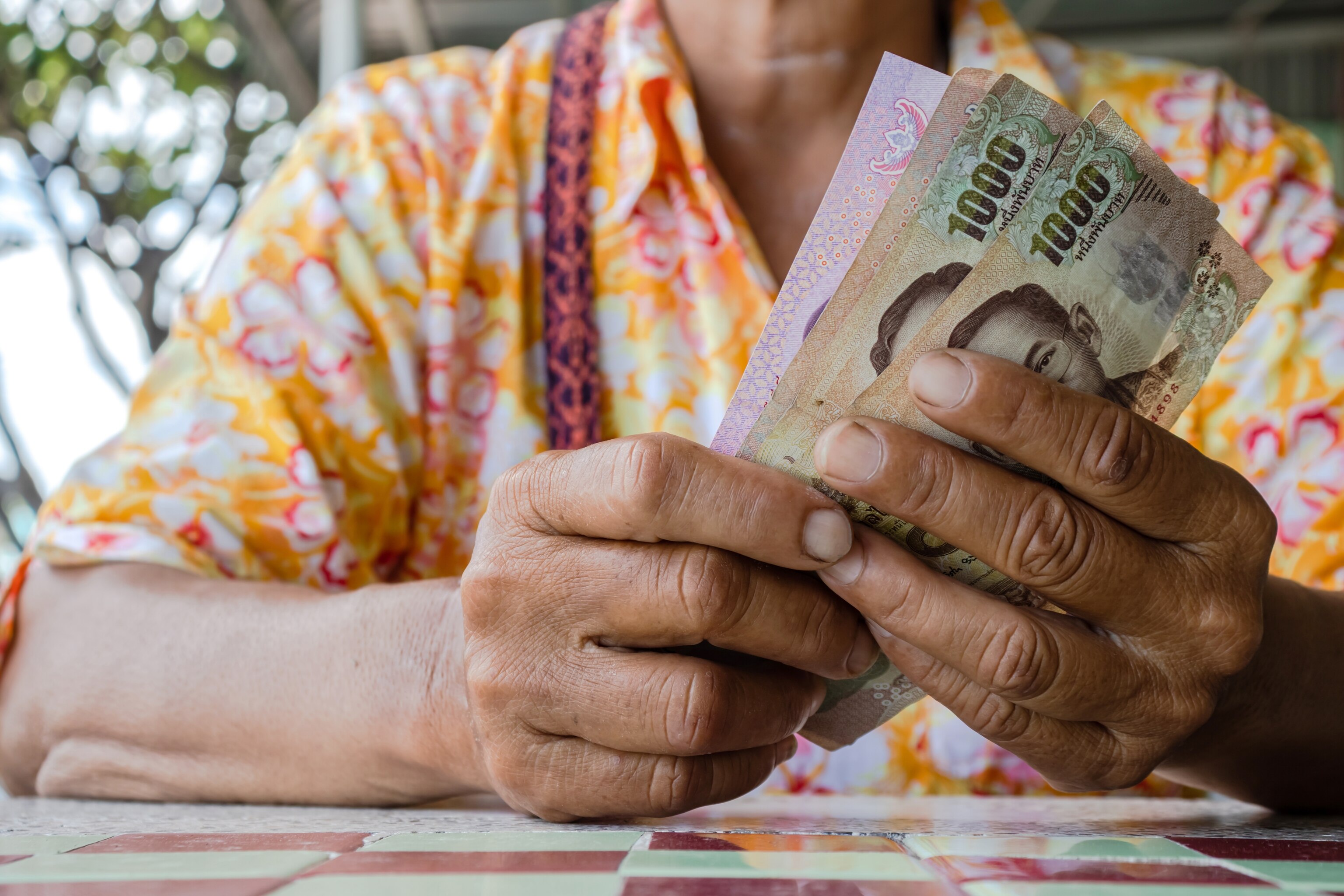
Khaw Keng Kin Keng, known to his peers as ‘Mac’, is an example of a merchant who has benefited from such financial products. As a restaurant operator in Bangkok, Thailand, Mac tried to apply for a bank loan. He needed to buy more equipment and hire additional staff but found it difficult to get a loan due to the need for a formal credit history and the monthly lump sum repayments required.
However, thanks to his status as a Grab partner, Mac was eligible for a small business loan which broke down his monthly fixed costs into more affordable daily repayments—deducted from his sales—over four months.
“It inspires me to work hard so that I can repay it, and I don’t consider it a burden,” shared Mac. With that additional stressor removed, he has been able to focus on growing his business.
Another example of how Grab is able to fractionalize financial products to meet the needs of the unbanked and underbanked is its microinsurance products. Instead of having to fork out large monthly or annual payments for insurance coverage, Grab’s driver-partners are able to accumulate up to S$200,000 of critical illness coverage for as low as S$0.30 per ride. This makes it affordable and accessible for many more driver-partners, and allows them to work with peace of mind.
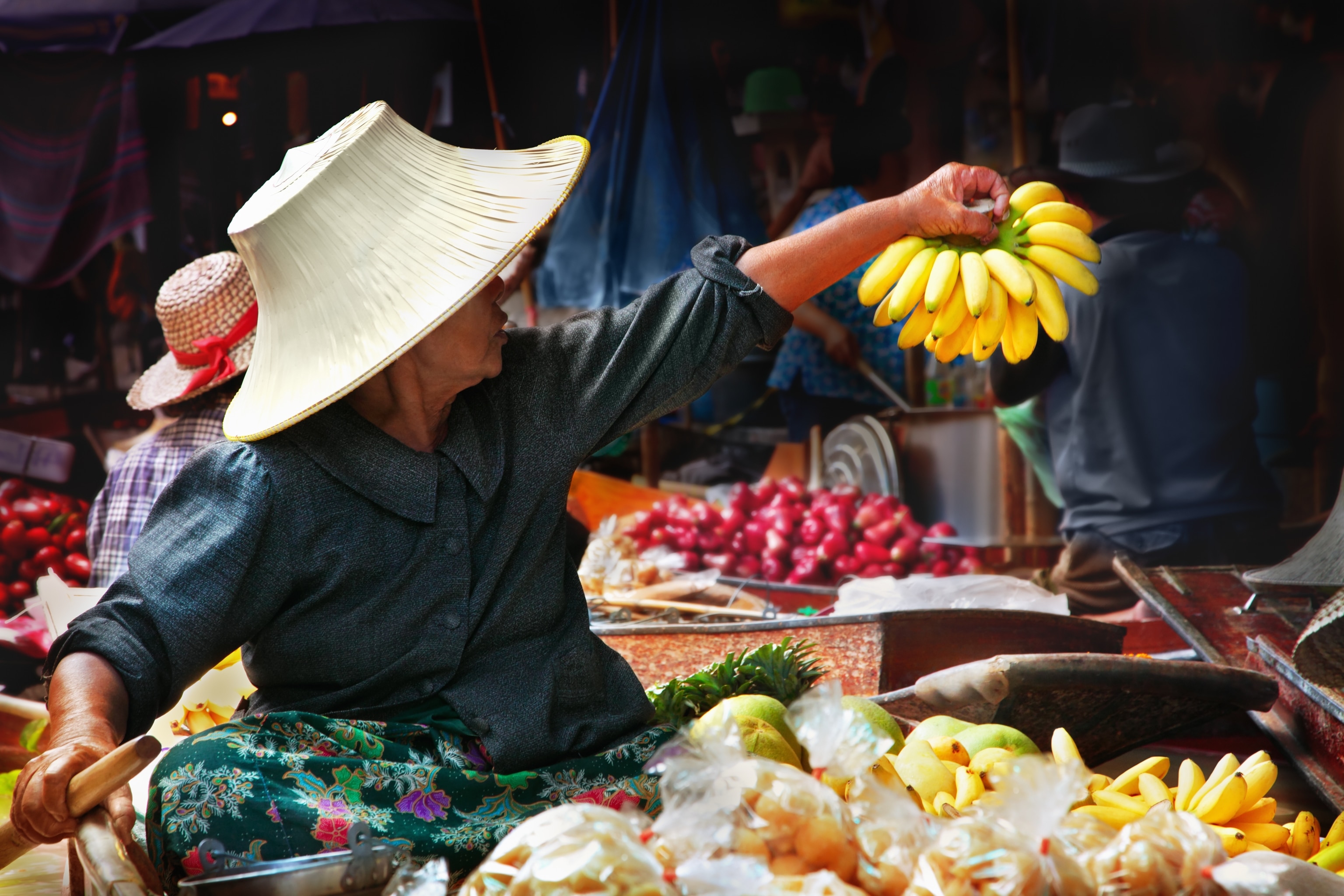
An example is Zheng Wei, a Grab delivery-partner with access to premium health insurance products that can be paid for through his earnings as a delivery-partner. The critical illness plan that he is on gives him coverage for 37 severe stage critical illnesses, and he also has a basic hospitalization plan.
Thanks to the power of data, technology and large ecosystems with millions of users, many of the underbanked and unbanked now have access to key financial services and products such as insurance and financing. This will help to economically uplift millions by enabling small businesses to expand and individuals to improve their financial well-being.
